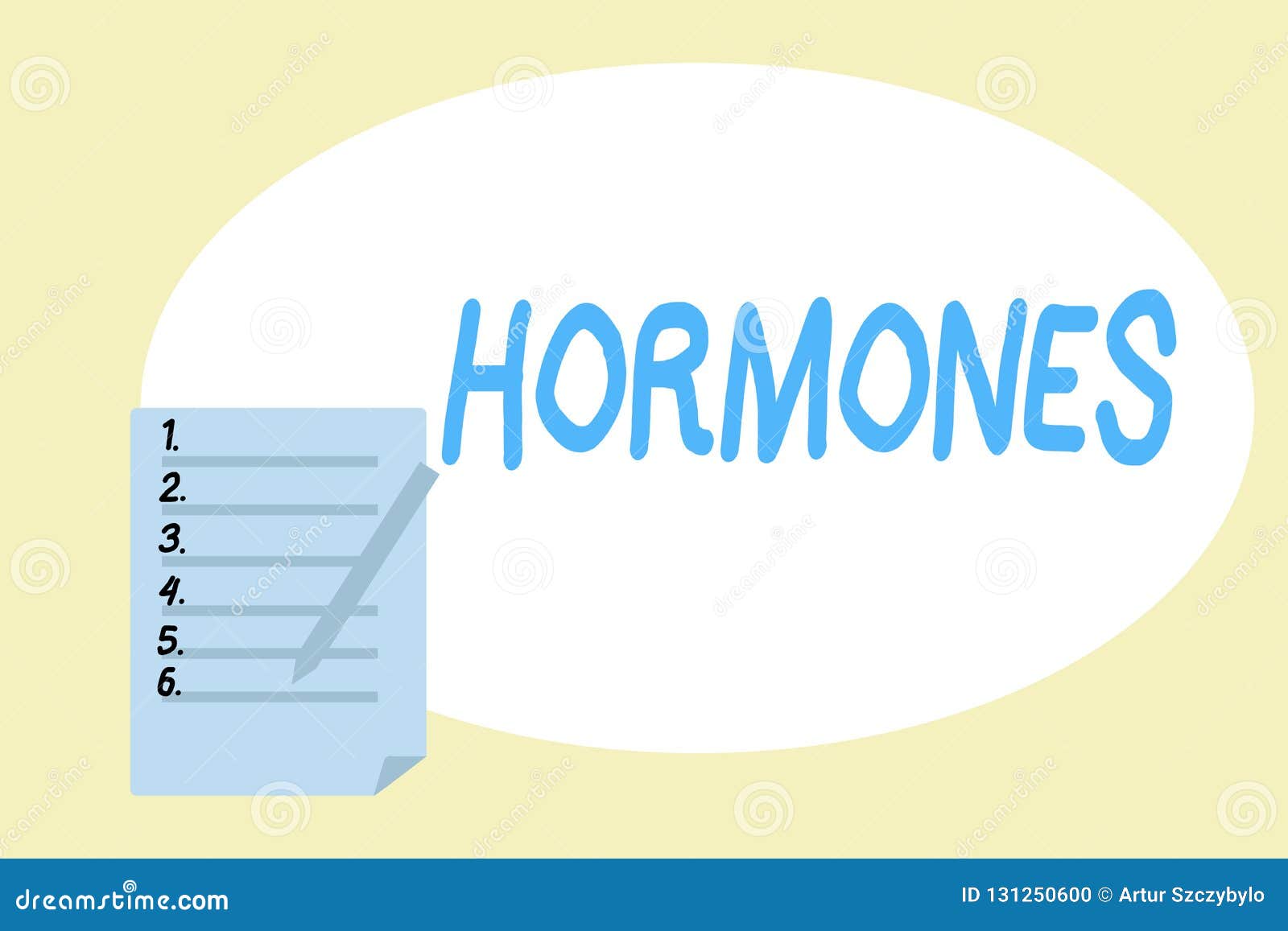

Extracts from the pancreas of cattle, for example, enabled diabetes sufferers to live normal lives even before the chemistry of insulin was fully understood.Įndocrine hormone synthesis and secretion is controlled and regulated by a closed-loop system. Animal hormones can also be used, as endocrine hormones are to some extent interchangeable among species. Certain hormone substances can be synthesized in the laboratory for treatment of human disease. Other important hormones are thyroxine, an iodine-carrying amino acid produced by the thyroid gland cortisone, a member of the steroid family from the adrenal glands and the sex hormones, estrogen from the ovaries and androgen from the testes.

One of the best-known endocrine hormones is insulin, a protein manufactured by the beta cells of the islands of Langerhans in the pancreas that is important in carbohydrate metabolism. After a hormone is discharged by its parent gland into the capillaries or the lymph, it may travel a circuitous path through the bloodstream to exert influence on cells, tissues, and organs (target organs) far removed from its site of origin. The total number of hormones is still unknown, but each has its unique function and its own chemical formula. Each gland apparently synthesizes several kinds of hormones the adrenal glands alone produce more than 25 varieties. Hormones are produced by various organs and body tissues, but mainly by the endocrine glands, such as the pituitary, thyroid, and gonads (testes and ovaries). Growth, reproduction, control of metabolic processes, sexual attributes, and even mental conditions and personality traits are dependent on hormones.

Hormones act as chemical messengers to body organs, stimulating certain life processes and retarding others. A chemical transmitter substance produced by cells of the body and transported by the bloodstream to the cells and organs on which it has a specific regulatory effect.


 0 kommentar(er)
0 kommentar(er)
